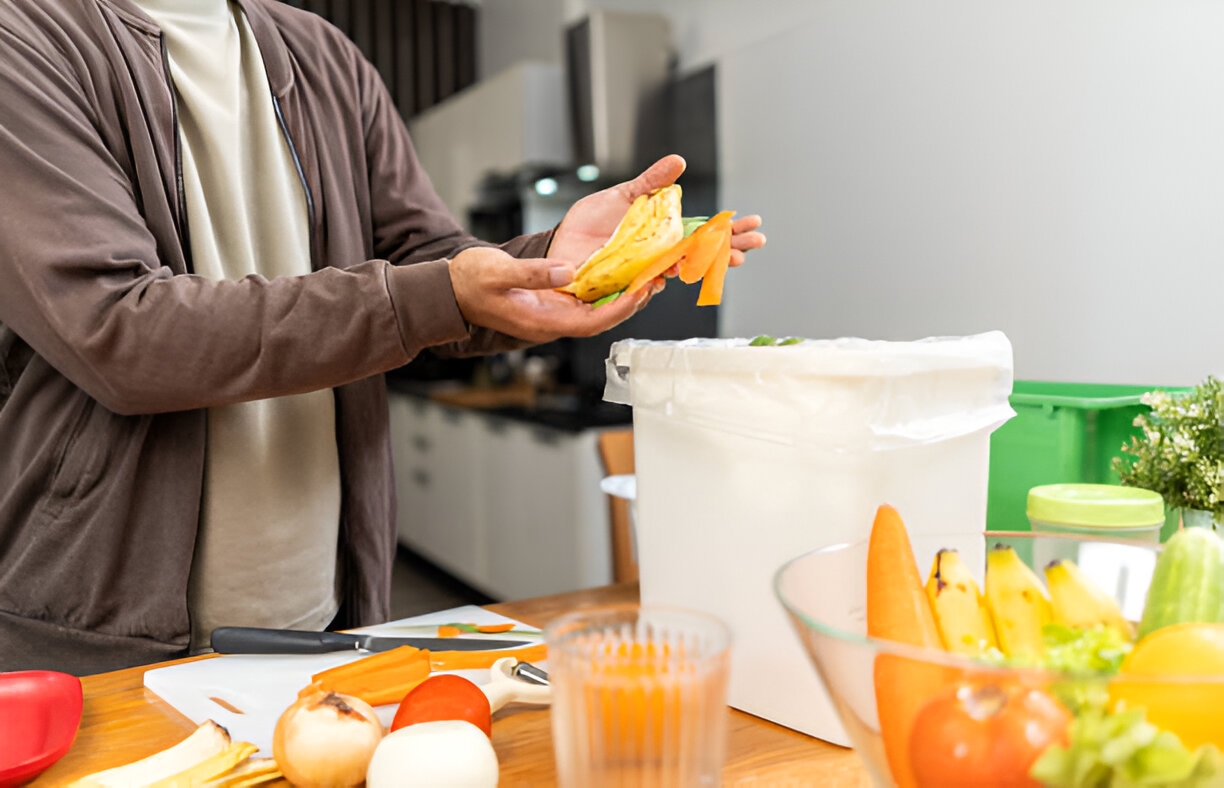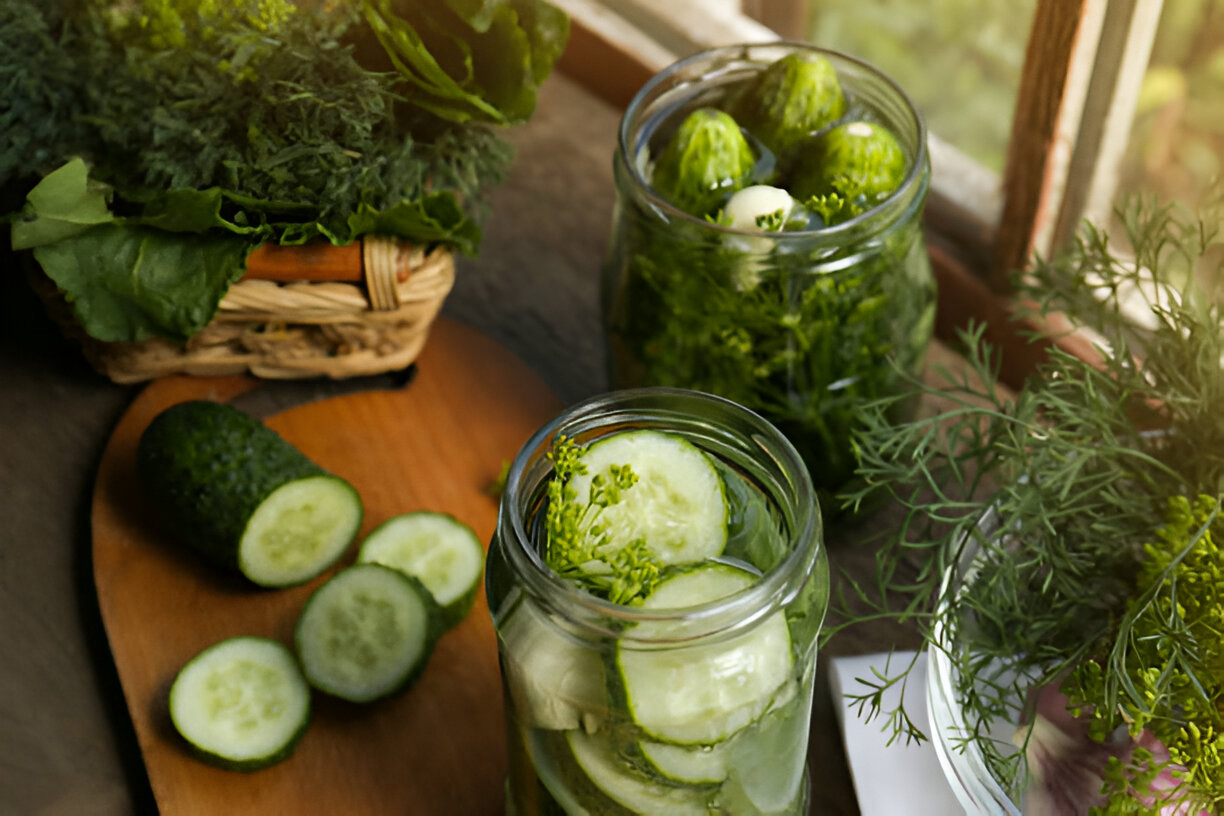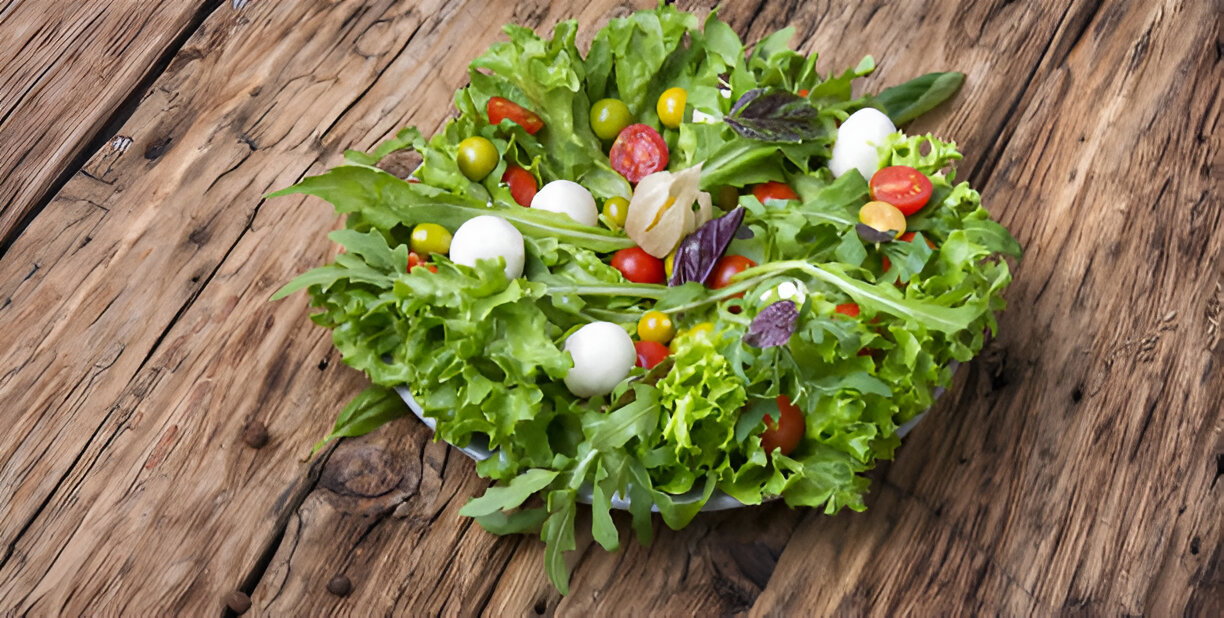
Fruits and vegetables can taste as complex as any fine wine — so maybe we should appreciate them that way. In fact, one revolutionary approach to savoring produce is turning a whole-foods diet into a full sensory experience.
As the stepdaughter of a U.K. wine importer, dietitian and food educator Amanda Archibald watched the wine industry open up the market through description. After all, browsing the labels in a wineshop can be like taking a little holiday, with the imagination stirred by phrases that evoke the juicy promise of a summer-ripened blackberry or the cool mineral essence of a meandering stream.
“They managed to explore and explode our palates by connecting tastes we could identify or imagine with comparative tastes in wine,” she says. “It has nothing to do with nutrition labels and everything to do with the senses, which got me thinking about my own work guiding people toward healthier food habits. By framing the taste in a familiar way, anyone can get comfortable with a new food.”
If poetry could make the world of wine accessible, Archibald thought, then maybe she could unlock the adventure in a more prosaic area: produce. Statistically speaking, the average person’s diet is a repertoire of about 15 foods.
Working with noted cook and author Deborah Madison, Archibald created a way to expand that repertoire by devising a sensory association — and appreciation — system for fruits, vegetables, and grains, with charts that group similar tastes, and sometimes textures, into
flavor families
.
Here’s how they work: Let’s say you like corn. Archibald places it in the sweet category. That means you’re also likely to appreciate butternut squash, parsnips, and carrots, which give you cooking options and textures very different from those of your old favorite.
If you love broccoli, which Archibald categorizes as earthy/pungent, you might like kohlrabi, rutabagas, and kale. Pear lovers could also consider pluots, cantaloupe, apricots, bananas, and strawberries — all part of the mild/neutral family. And if you don’t have much experience with whole grains but know you like nutty tastes, try quick-cooking couscous and bulgur or sturdier varieties such as wheat berries.
Exploring foods this way awakens the palate to subtleties, such as the small shifts of flavor between basil, fennel, and endive, which all share a licorice taste.
Try a Food Flight
To really put the theory to work, Archibald suggests comparing the foods in one family the way you would a flight of wine. Cut three vegetables from one of the flavor groupings into small cubes and place them side by side. (For instance, use neutral veggies like bok choy, daikon radishes, and turnips.)
Then slowly chew each one, maybe with your eyes closed to heighten sensitivity, and try to define the taste and texture that set it apart from the others. You’ll notice each of your neutral vegetables has a certain pungency — but one is sharp, another peppery, and the third offers a quiet spark.
If you have a vocabulary for the tastes and textures you like, it will be easier to find new healthy foods. You’ll be less likely to shy away from the more exotic fare at the farmers’ market, and as you expand your whole-food choices, you’ll expand the amount of vitamins, antioxidants, and fiber you take in.
“Eating foods in their most whole, unprocessed, natural state is the optimal way to help move our bodies toward the pleasure of wellness, of feeling vibrant and alive,” Archibald says.
By emphasizing the pleasurable aspects of healthy food and celebrating individual taste preferences, Archibald hopes to lead people from thinking about eating better to actually doing it.
“Hearing something is good for you makes people rebel,” Madison says. “I love science, and I love knowing what’s in foods and how they work in the body, but I believe you have to present people with food they want to eat rather than coming from the measure-based view of how you’re ‘supposed’ to eat five grams of this and four ounces of that.”
Archibald adds, “There’s not much direction for how to put healthy foods together. We don’t teach people how to cook, how to taste, how to build out their palates in a way that is nourishing on every level. That’s where change begins to take hold.”
“Your mouth is like a blank canvas,” says Rebecca Katz, author and executive chef of the Food as Medicine Training Program at Washington, D.C.’s Center for Mind-Body Medicine. “So when you start eating whole foods and you add in good fats, sea salt, a squeeze of lemon, the flavor starts to come alive.”
Plus, loving what you eat has its own rewards. “Whole foods are extraordinarily sensuous,” Katz adds. “Don’t we deserve that?”
Explore the Nine Flavor Families






















